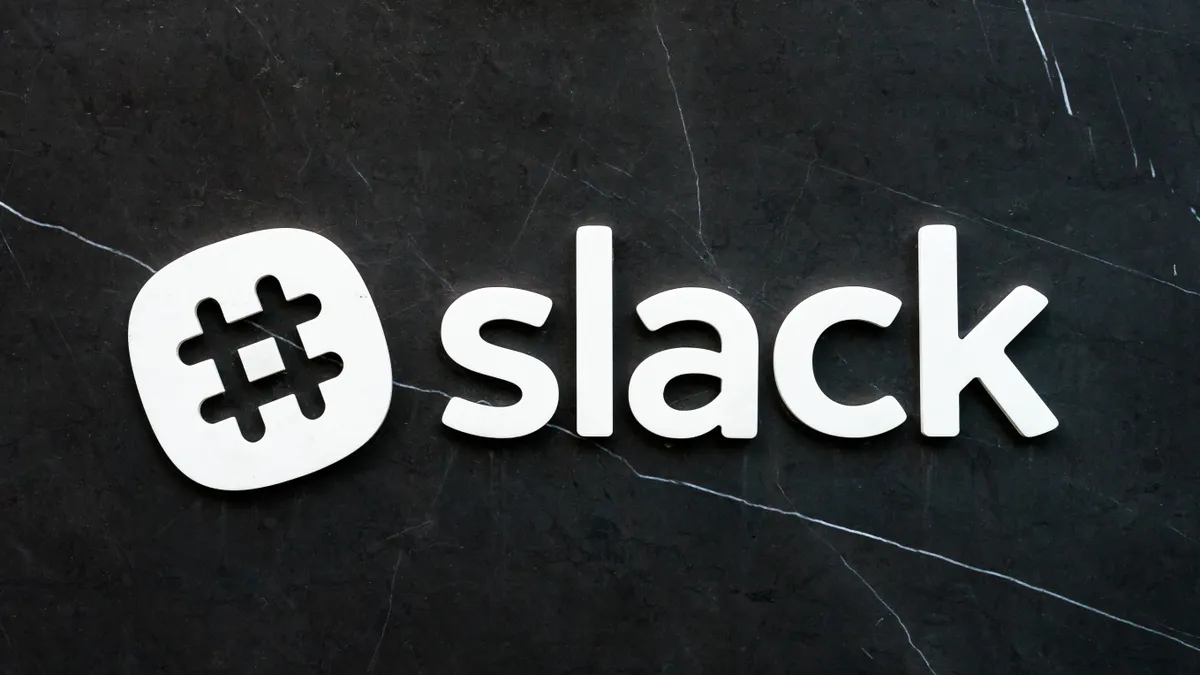Any time a workplace productivity tool like Slack is down, a certain chain of events falls into place for employees: poke around on Google, alert the powers that be to the preferred form of alternate communication and hop on Twitter. Because if there's one place where people take delight in chaos and misery, it's the cursed bird app.
When slack is down and coworkers try different methods to reach me pic.twitter.com/JYjdI9sFhe
— Jasmine (@JasmineLWatkins) February 22, 2022
me trying to log in to #slack this morning pic.twitter.com/iwYg0aulWz
— Mike Dobrzynski (@miikedobr) February 22, 2022
Some users marveled at the good fortune of a broken digital workspace on the heels of a long weekend. Others made quips about shifting gears to more archaic forms of communication, including carrier pigeon.
Me trying to send messages to my workplace when Slack is down pic.twitter.com/IG04kAXQ3E
— A Flower in a Vase in the Past (@sadwhitegrrl) February 22, 2022
And still others snarked that Slack being down was the validation they needed to shirk work.
2.22.22 and slack is down this morning.
— stas (@AstasiaWill) February 22, 2022
The universe says rest and manifest.
Twitter's contest of wit may be in good fun, but the discourse points to deeper revelations about human nature. HR Dive previously reported that 54% of workers in a November 2021 survey said they feel more overwhelmed by the frequency of work-related notifications since March 2020. That rate was even higher for managers (63%). With this in mind, the relief of one less app pestering workers is understandable.
Still, from an HR perspective, Twitter's reaction to Slack being down was arguably troubling. The latest Bureau of Labor Statistics quit rate, released in December 2021, is 2.9%. Technically, it's a drop in voluntary separation: The quit rate for November 2021 was 3%. Still, that's 4.3 million people choosing to leave their jobs, indicating that the U.S. is still in the throes of the Great Resignation.
Often underlying workers' urge to quit is the feeling of being undervalued and unengaged. Many labor advocates have called for an improvement in wages — a shift some employers have undertaken, introducing cash bonuses, inclusive benefits packages, wellness stipends and all kinds of caregiver support.
A recurring theme, however, is the impact learning and development can have on engagement. Leaders in the space have emphasized that L&D bolsters co-worker connections, keeps employees motivated and brightens up company culture. Some vendors suggest companies “gamify” training programs to keep workers acutely engaged with digestible content.
Those benefits combined — pay and purpose — may be key to surviving the tidal wave of turnover, sources say.
“Purpose makes coming to work more enjoyable, challenging and fun,” Leeatt Rothschild, founder and CEO of Packed with Purpose, wrote in a January 2022 op-ed for HR Dive.
Workers want to feel like their companies are investing in their future through pay and development, and they want to know that they're advancing the company's mission. That confirmation probably won't stop people from complaining on Twitter, but perhaps they will feel like their bosses care.













